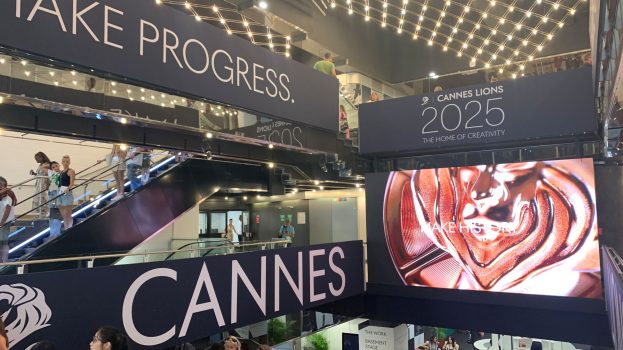This article appears in the Summer 2017 issue of strategy.
By Lance Saunders
As the industry transforms, the debate du jour is around the creative tug-of-war between art and science. In the last few years, the pendulum has definitely shifted from the art and intuition side to the prove-it-to-me-first science side.
In one corner of this cage match is the science-based-decision-making MBA marketer, and in the other corner is the emotionally driven, intuitive, charismatic “Trust me, I’m an executive creative director” agency representative.
The reality is that, given the pressure on brands to deliver results, often with declining marcom dollars, no CEO or CFO is going to approve campaigns based on faith versus facts. However, once you declare you are on the science side of the ledger – that the world of marketing (like science) is about empirical evidence and not based on instincts and beliefs – then you should apply this thinking to your entire marketing decision-making system. You cannot cherry-pick which empirical evidence to believe, or search for alternative facts – even if it challenges the core of your current belief system.
The empirical evidence regarding how we, as consumers, decide to buy is now irrefutable and based solely on emotion, not rationality. This is not the ranting and raving of a hungover ECD in a Cannes breakout salon on creativity. This is brain science. The playbook that we have all used, written back in the 1960s by the CPG giants and focused on the importance of reasoned messaging, is not how communication works – in truth, it may have never worked that way.
Psychologist Daniel Kahneman, who received a Nobel Prize in Economics for his understanding of how brains are wired, once said, “We think much less than we think we think” and that “up to 95 per cent of decisions we make are emotional decisions.’’
Similarly, Canadian neurologist Donald Calne wrote that “the essential difference between emotion and reason is that emotion leads to action while reason leads to conclusion.”
Consequently, from a marketing perspective, the more people feel, the more they buy; and the more they feel, the more likely they are willing to pay more. Facts tell. Emotions sell.
So, if 95% of the decisions we make are emotional, why do so many Canadian marketers think their particular category falls into the 5% of rational decision-making and choose to include all of their brand’s facts, features and benefits?
Our brain is made up of two systems, with decision-making processing in system one, which is fast, intuitive and reactionary, and not in system two, which deliberates, reasons, analyzes and post-rationalizes our irrational decision-making. In fact, system one is 220,000 times more powerful than system two – how’s that for ROI?
There is no question that there is a role for facts. If you are category challengers like Uber, Spotify, Airbnb and Netflix, the facts work wonderfully. But for the bulk of brands and services, which are more similar than they are different, this isn’t the most effective approach. Facts are indeed important, but at different points on the customer path-to-purchase – usually lower down in the purchase funnel.
We need to stop worrying about what is the ownable message and concentrate on what is the ownable emotion, or the emotive reaction we want to illicit from our communications.
Adam&eveDDB’s Les Binet partnered with Peter Field to write Marketing in the Era of Accountability, which analyzed 800-plus cases from the U.K. IPA database. Their empirical, evidence-based conclusion was that, “emotional campaigns build stronger brands” and are “more efficient,” meaning that in this world of smaller budgets, the stronger the emotional connection you have with your audience, the less you need to spend on share of voice. And with regards to profitability, emotions make more money.
In the Binet and Field study, rational-led campaigns performed the worst, delivering big profit gains in only 16% of the cases. Twenty six per cent of campaigns that were both emotional and rational had profit gains, while emotional-based campaigns performed the highest with 31% of the cases turning a profit.
If marketing is going through profound changes, and if a rising tide does indeed lift all boats, we need to help each other and evolve people’s thinking so that our industry arrives at a much more useful place than where we started.
 Lance Saunders is national president and chief operating officer at DDB Canada.
Lance Saunders is national president and chief operating officer at DDB Canada.
























